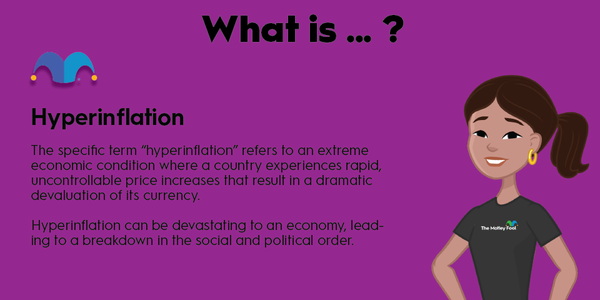If you have health insurance, your coverage may not begin to pay for medical care until you've paid a certain amount from your own pocket. The amount is known as a health insurance deductible. This article will cover how health insurance deductibles work and the services that typically count toward your deductible.

What is a health insurance deductible?
What is a health insurance deductible?
A health insurance deductible is the amount you must pay annually before your insurance company starts to pay for the costs of medical services and sometimes prescriptions. For example, if your plan had a $3,000 deductible, you'd have to pay the first $3,000 for healthcare before your insurer would begin to pay.
The deductible is just one factor that determines what you'll pay for medical care. Other numbers you need to know when you choose a health plan include:
- Coinsurance: Once you've hit your deductible for the year, that doesn't mean your plan will simply pay for everything. Coinsurance is the percentage of costs you'll need to pay after you've reached your deductible. For example, suppose you had a $3,000 deductible and 20% coinsurance. You'd pay the first $3,000 for the year. Then you'd pay for 20% of all services for the year, while your insurer would cover the remaining 80%.
- Copays: On top of deductibles, many plans also have copays, which are flat fees you pay when you visit a doctor or fill a prescription at a pharmacy. Your copays may or may not count toward your deductible, depending on the plan.
- Premiums: The amount you pay for health insurance each month. If you have coverage through your employer, this amount gets deducted from your paycheck. Most employers cover at least a portion of the premiums.
Under the Affordable Care Act, private health insurers must pay the full cost for preventative care, like vaccines and certain screenings, even if you haven't reached your deductible.
What counts toward it?
What counts toward your health insurance deductible?
Some expenses, such as your monthly premiums, won't count toward your health insurance deductible. Also, if an expense isn't covered by your health plan -- for example, if you're prescribed medical marijuana, or you have a cosmetic procedure, neither typically covered by health insurance -- it usually won't count toward your deductible. The following expenses typically will count toward your deductible, though. Of course, it's essential to check with your insurer to confirm that a service or medication is covered:
- Hospitalization costs.
- Surgery and anesthesia.
- Lab tests.
- MRIs and CAT scans.
- Physician and therapist visits that aren't covered by a copay.
- Medical devices, such as pacemakers and oxygen equipment.
Also, keep in mind that most plans have separate deductibles for using in-network providers and out-of-network providers, with the latter typically being much higher.
Is a lower deductible better?
Is a lower deductible always better?
Opting for a health insurance plan with a low deductible won't always save you money. Plans with low deductibles usually have higher premiums; plans with higher deductibles tend to have lower premiums.
Some plans are known as high-deductible health plans (HDHPs). In 2023, to meet the HDHP criteria, a plan must have a minimum out-of-pocket deductible of $1,500 for individuals and $3,000 for families. Out-of-pocket maximums for these plans can run as high as $7,500 for individuals and $15,000 for families. One big advantage of high-deductible health plans, though, is that you can save in a tax-advantaged health savings account (HSA) to help with the out-of-pocket costs.
Generally speaking, though, plans with high deductibles are best for younger, healthier people. If you have health issues, take multiple medications, or frequently visit specialists, choosing a plan with higher premiums and lower deductibles is usually a better bet.
Related investing topics
Example
Example of a health insurance deductible
Medicare is the federal health insurance program that covers most Americans ages 65 and older, along with some people with disabilities. Medicare Part A, which covers hospital care and short-term stays in skilled nursing facilities, doesn't charge premiums. However, it does come with deductibles.
In 2023, the Medicare Part A deductible is $1,600 per benefit period. Essentially, a benefit period begins the first day you're admitted to a hospital or facility and ends when you haven't spent the night in a hospital or facility for 60 consecutive days.
For example, if you were admitted to the hospital on Jan. 1 and were discharged on Jan. 15, your benefit period would end mid-March, assuming you weren't readmitted to the hospital in the 60 days after Jan. 15. You'd owe the first $1,600 of services covered. However, if you were later admitted to the hospital again in April, a new benefit period would begin, and you'd owe another $1,600.
Because Medicare requires you to pay deductibles for each benefit period, you could wind up paying the $1,600 deductible multiple times in the same year. With other health insurance plans, your insurer will begin to pick up the tab once you've hit your deductible for the year.

















